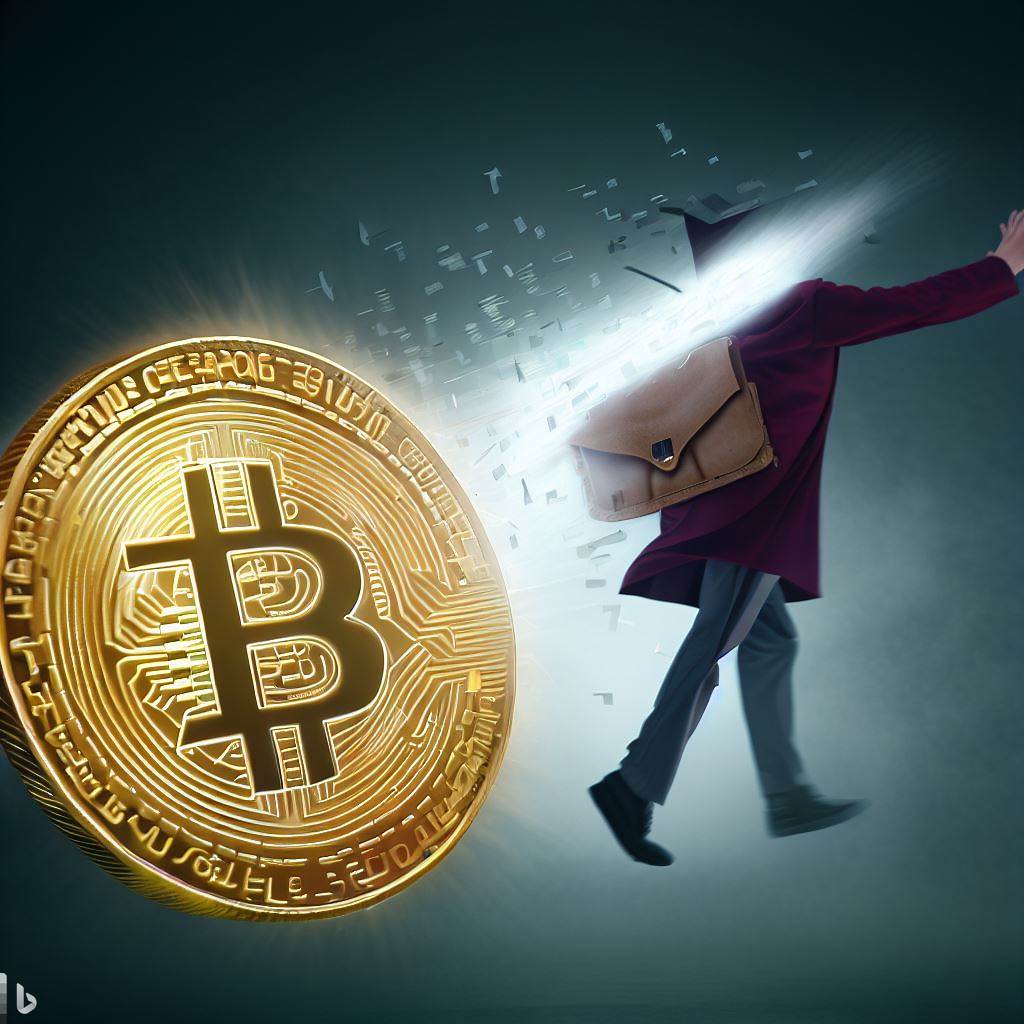The crypto term “delisting” is often bandied about in the bustling world of cryptocurrencies and non-fungible tokens (NFTs). In fact, understanding the delist meaning is a critical aspect of comprehending the broader dynamics of these digital realms. Simply put, delisting refers to the process by which an asset—be it a traditional stock, a crypto / token, or an NFT—is removed from a trading exchange. Its implications stretch far and wide, impacting everyone from the casual trader to the astute investor.
In the bustling digital bazaars where cryptocurrencies and NFTs are bought and sold, delisting acts as a regulatory mechanism, maintaining balance and ensuring standards. Just as a well-managed marketplace weeds out sellers who don’t abide by the rules, so does a trading exchange delist those assets that fail to meet its standards. This mechanism is as integral to the digital realm as it is to traditional trading spaces.
The Delisting Definition: Unraveling its Meaning in the Digital Space
To delve further into the delisting definition in the crypto realm, it is the action taken when a project no longer aligns with an exchange’s listing standards. In essence, the project’s asset is then scrubbed off the exchange’s list. This means you can no longer purchase or sell that asset on the said exchange. Generally, once an asset has been delisted, it’s usually the end of the road. However, in rare circumstances, the project might get a second chance—a phenomenon known as relisting.
The relisted definition is akin to a phoenix rising from the ashes. It implies the project has been given another opportunity to prove its worth. However, it’s important to remember that the route from being delisted to relisted is far from easy and often involves comprehensive audits, stringent checks, and significant improvements.
Why Do Crypto and NFT Projects Get Delisted?
Understanding why digital assets get delisted is key to staying informed and making savvy investment decisions. Delisting typically results from a violation of the exchange’s rules and regulations, or a severe lack of investor interest. Here are some common reasons why crypto and NFT projects might get delisted:
- Lack of Trading Activity: This occurs when the digital asset is not being frequently traded on the exchange. This inactivity may lead to a decrease in liquidity, making the asset less attractive to investors.
- Absence of Protocol Development: Digital assets rely on continuous development and updates. If a project’s developers are no longer active or the protocol isn’t being maintained, it could result in delisting.
- Faulty Network or Smart Contract Reliability: A reliable network infrastructure and secure smart contracts are crucial for any digital asset. Any major flaws, bugs, or security breaches could lead to a project being delisted.
- Non-existent Business-to-Customer Interaction: If a project lacks transparency or fails to communicate effectively with its community, it may be a red flag for exchanges, leading to potential delisting.
- Evidence of Fraudulent or Dangerous Activity: This could involve anything from scam operations to unethical business practices. In such cases, delisting acts as a safety measure to protect investors.
The Impact of Delisting on Investors and the Market
Delisting carries significant implications for investors and the wider market, and understanding what it means when an asset gets delisted is essential for any informed market participant. Primarily, delisting makes an asset far less accessible. When a crypto or NFT is delisted, it no longer appears on the exchange, making it harder for investors to find and trade that particular asset. This lack of visibility and accessibility can lead to reduced trading volumes, which in turn affects the liquidity and price stability of the asset.
The effect of delisting can be particularly severe for small investors who may find it difficult to offload their holdings. Large investors, while not immune to the negative impacts of delisting, may have the resources to manage their investments and mitigate potential losses more effectively. It’s important to remember that delisting is not always a reflection of the asset’s fundamental value but may be due to a failure to comply with the exchange’s rules and regulations.
Furthermore, delisting can affect the overall market by lowering investor confidence, especially if the delisted assets were once popular or highly valued. Delisting can also trigger a domino effect where other exchanges follow suit, leading to an even greater reduction in the asset’s liquidity and accessibility.
Case Studies and Guidance on Crypto or NFT Delisting
Delisting can be a daunting occurrence, but with the right knowledge and guidance, you can navigate these waters confidently. Let’s explore some case studies and glean insights from them:
- Binance’s Delisting of OST, RCN & WPR: This incident, which took place on July 7, 2021, showcases the importance of adhering to exchange regulations. Binance cited violations of one or more rules as the reason for the delisting, highlighting the need for projects to remain compliant.
Here are some practical tips for investors and projects to avoid delisting:
- Keep Abreast of Market Trends: Regularly monitor trading volumes and market interest in your chosen investments or projects.
- Ensure Transparent Practices: If you’re a project developer, maintain clear and regular communication with your community. If you’re an investor, look for this transparency when choosing where to invest.
- Secure Network Infrastructure: For projects, invest time and resources in ensuring your network is robust and secure. Investors should consider the security of a project before investing.
- Adhere to Rules and Regulations: Always be aware of the specific listing requirements of each exchange and ensure these are met.
By understanding why delisting happens and having a strategy to navigate its implications, you can make wiser, more informed decisions in the dynamic world of crypto and NFTs. Basically DYOR and remember, whenever you’re in doubt avoid investing in something you might regret.









